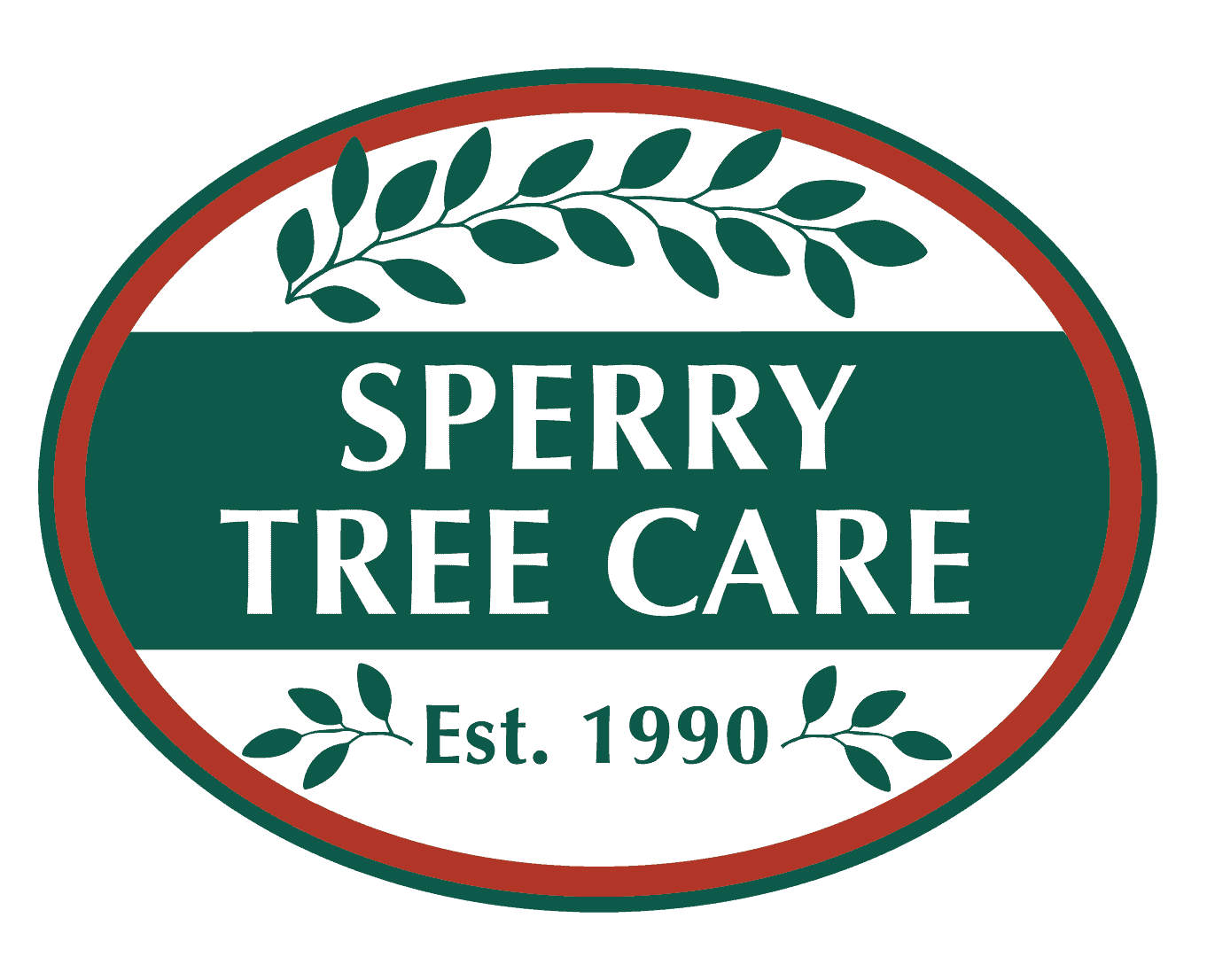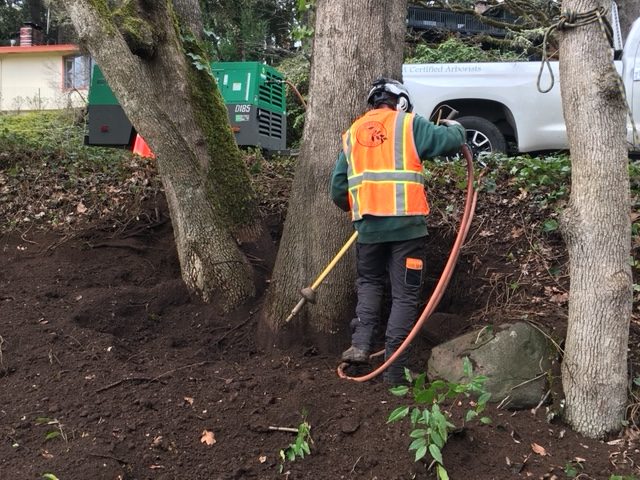The most crucial element for the success of EVERY living plant or tree is healthy soil. By healthy we don’t just mean fertile, because that would simply describe the basic nutrients a plant needs to live such as Nitrogen, Phosphorus and Potassium. Those are found in all fertilizers. We are talking about the life of the soil; whatever is active on a microbiological and fungal level.
Most of the soil around us has been severely disturbed, robbed of its nutrients, severely compacted, or sterilized with the constant application of chemicals such as weed control, fungicide, insecticides and chemical fertilizers such as triple 16. Fertilizers like this may create a green lawn but they will also cause very poor soil quality that cannot support plants without continuous applications, creating a cycle of dependency.
Weak plants become susceptible to all sorts of diseases and insect attacks. Often the first reaction is to fertilize which doesn’t address the true source of the problem. When your trees and other woody plants are struggling, an arborist can help to determine the root cause. First, we assess the situation and conduct a visual health check. If the situation requires, we can go deeper by checking the soil conditions using a probe to determine if the soil is compacted. Compaction can occur when there is heavy foot traffic around a tree, for example. Additionally, we can take a core sample of the first 6-8” and look at the moisture content; too wet, too dry or just right? Odor can be a sign of poor soil conditions, especially if an anaerobic situation is present.
All roots need the following to thrive: organic matter, water, air, and warmth. When soil conditions are insufficient we have a tool called Air Spade® designed to force air under pressure into the soil. This technique creates conditions in the soil that allow air, water, and organic matter to be incorporated into the soil much more easily. Soil temperatures will automatically rise when the first three conditions are restored, allowing microbiology and fungal life to resume their work of breaking down and recycling natural debris.
The latter half of winter is a good time to improve the texture and nutrient quality of soil. We always recommend using organic matter or organic fertilizers because they are specially designed to improve the overall soil quality, not just create a short-term boost. When soils are being restored and maintained they are better able to take care of themselves without having to be boosted repeatedly.



